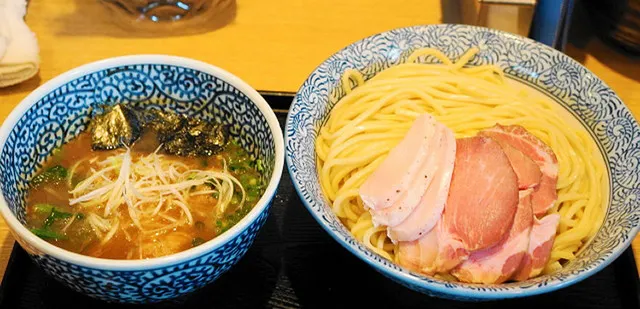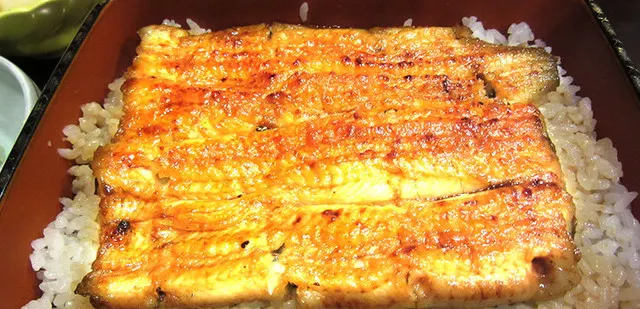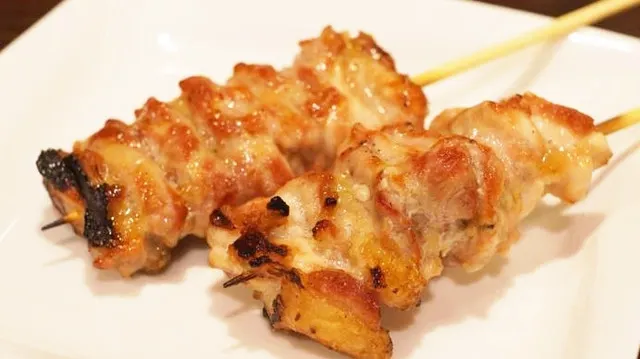Exploring Japan's Famous Gourmet Food Culture
Catalogue
- Kaiseki Cuisine: Art for eat
- Sushi: Symbolic Japanese Food
- Japanese Ramen: Locals’ favorite
- Tempura: turn common into works of art
- Unadon: Grilled eel over rice
- Oden: Snack to take away
- Yakitori: Best with Beer
Show More
If food is an art, Kaiseki Cuisine is the epitome of this school of art. Only items in season are selected. The cuisine placed tremendous importance on the original tastes of the food, refined cutlery, and arrangement. The order in which food is consumed is carefully designed around the theme of Zen Buddhism. All this makes Kaiseki Cuisine much more than just gastronomy, but an art show.

In Tokyo the capital, there are many restaurants offering excellent Kaiseki Cuisine. The Michelin 3-star Ishikawa is apparently the best brand of Kaiseki in Tokyo, offering fantastic tastes. Kyoto’s Kikunoi has a branch in the Akasaka district in Tokyo. If you are looking for more accessible pricing, Yasai Kaiseki in Ginza is a great choice.
When we talk Japanese cuisine the first that comes to mind is sushi. If you want fresh and greatly priced sushi, the Tsukiji Market is your best bet. Tsukiji is Japan’s biggest seafood market where huge amounts of excellent sushi shops can be found here. Sushi Dai and Yamato Sushi are most popular here, but these two places often have long queues at their storefront.

Saito Takashi, store owner of Sushi Saito is now hailed as the new God of Sushi. In 2000 he joined forces with Ginza’s Kubei; he started his own restaurant in 2007. From 2010 to 2016 his restaurant earned 3 stars from Michelin consecutively. There are only 7 seats here. As it is extremely popular, it is often extremely hard to find a spot here. This restaurant places high importance on the unison and formation between the rice, fish/scallops, wasabi and the sushi. Each piece of rice is clearly defined with all fishes in their best cuts. Horse radish is freshly ground and this is why they can offer the best tastes. The service is definitely top-notch. They are very friendly and many people are returning customers and fans.
Japanese Ramen came from China but has now become a school of its own. In general you have Tonkatsu, Miso, Salt or Soy Sauce soup bases, on top of which you then have roasted pork, bamboo shoots, eggs and seaweed.

Of which Ichiran, Ippudo, Menya Musashi are some of the more well-known chain ramen shops. There are many branches all over Tokyo.
Menya Itto’s ramen has been consistently coming out on top of the lists. Its ingredients, soup base and noodles form their famous dip ramen which is highly popular. Once you are done with the noodles, you can add a soup to it which dilutes the thickened soup base, but you can still smell that wonderful aroma of bonito.
Tempura is one of Japan’s 4 big cuisines. Seafood, meats or vegetables are dipped in a batter then fried. Mikawa Zezankyo, a shop tucked away in the streets of Tokyo, is an old Tempura shop which has turned this comfort food into art.
Traditional Tokyo cuisine is called Edo-Mae and offers 3 specialties: sushi, eel and tempura, all of which have master-level chefs defining how it’s done. Ono Jiro, the Sushi God who is well known to all is synonymous with sushi; for tempura we have Saotome Tetsuya from Mikawa Zezankyo.
How do they make something some common into such works of art? It only takes one visit to Mikaza Zezankyo to experience that amazing visual and taste.
Eel on a bed of rice (Unadon) is a staple and icon in Japanese cuisine for many food connoisseurs. Eel on rice tastes great when 1. the eel is fatty enough and drizzled with a caramelized sauce; and 2. the rice is prepared in a particular way. The fish only tastes best coupled with an amazing bed of rice.

In Tokyo, eel cuisine often stems from centuries of experience. Nodaiwa, a shop highly praised by famous Asian food critic Chua Lam, Emperor Hirohito’s favourite Izu-Sakae, the renowned Obana, and Kawabata Yasunari’s favourite Tsuruya are all such restaurants serving eel cuisine. Besides gastronomy, you’re also having a slice of history.
Oden is a typical snack from the Kaito area. Tofu, conjac jelly and fish balls are boiled in a fish-based kelp soup.

In Tokyo you can enjoy oden in older areas like Shintomi of Tsukiji, in Asakusa and Ueno. The most famous of these shops are in Nihombashi, the O Tako.
Yakitori is basically chicken on skewers. Chicken is diced or sliced and put on skewers. Soy sauce, sugar and marinating alcohol are made into a sauce and lathered on the skewers which are then roasted over fire. It’s the most typical food to accompany a drink at a Japanese Izakaya, or a bar.

Shinjuku’s Omoide Yokocho, the Ueno Hirokouji and the Azabujuban are all areas where you can find large amounts of yakitori izakayas. If you want to go for top-notch Yakitori, Toricho, Torisige or the Michelin Bird Land are top choices in Tokyo.
Trending Travelogues
Popular Trip Moments
Popular Travel Types
Popular Attractions
Popular Destinations
Recommended Attractions at Popular Destinations







Site Operator: Trip.com Travel Singapore Pte. Ltd.






